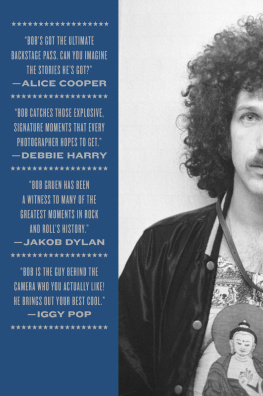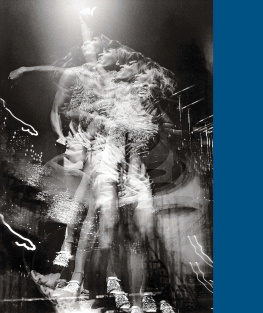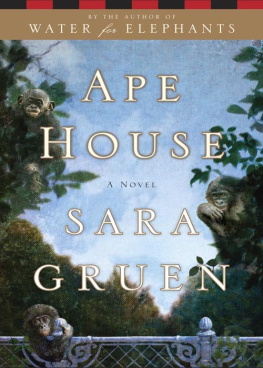M. Jeffrey Hardwick - Mall Maker: Victor Gruen, Architect of an American Dream
Here you can read online M. Jeffrey Hardwick - Mall Maker: Victor Gruen, Architect of an American Dream full text of the book (entire story) in english for free. Download pdf and epub, get meaning, cover and reviews about this ebook. year: 2015, publisher: University of Pennsylvania Press, Inc., genre: Non-fiction. Description of the work, (preface) as well as reviews are available. Best literature library LitArk.com created for fans of good reading and offers a wide selection of genres:
Romance novel
Science fiction
Adventure
Detective
Science
History
Home and family
Prose
Art
Politics
Computer
Non-fiction
Religion
Business
Children
Humor
Choose a favorite category and find really read worthwhile books. Enjoy immersion in the world of imagination, feel the emotions of the characters or learn something new for yourself, make an fascinating discovery.

- Book:Mall Maker: Victor Gruen, Architect of an American Dream
- Author:
- Publisher:University of Pennsylvania Press, Inc.
- Genre:
- Year:2015
- Rating:4 / 5
- Favourites:Add to favourites
- Your mark:
Mall Maker: Victor Gruen, Architect of an American Dream: summary, description and annotation
We offer to read an annotation, description, summary or preface (depends on what the author of the book "Mall Maker: Victor Gruen, Architect of an American Dream" wrote himself). If you haven't found the necessary information about the book — write in the comments, we will try to find it.
The shopping mall is both the most visible and the most contentious symbol of American prosperity. Despite their convenience, malls are routinely criticized for representing much that is wrong in Americasprawl, conspicuous consumption, the loss of regional character, and the decline of Mom and Pop stores. So ubiquitous are malls that most people would be suprised to learn that they are the brainchild of a single person, architect Victor Gruen.
An immigrant from Austria who fled the Nazis in 1938, Gruen based his idea for the mall on an idealized America: the dream of concentrated shops that would benefit the businessperson as well as the consumer and that would foster a sense of shared community. Modernist Philip Johnson applauded Gruen for creating a true civic art and architecture that enriched Americans daily lives, and for decades he received praise from luminaries such as Lewis Mumford, Winthrop Rockefeller, and Lady Bird Johnson. Yet, in the end, Gruen returned to Europe, thoroughly disillusioned with his American dream.
In Mall Maker, the first biography of this visionary spirit, M. Jeffrey Hardwick relates Gruens successes and failureshis work at the 1939 Worlds Fair, his makeover of New Yorks Fifth Avenue boutiques, his rejected plans for reworking entire communities, such as Fort Worth, Texas, and his crowning achievement, the enclosed shopping mall. Throughout Hardwick illuminates the dramatic shifts in American culture during the mid-twentieth century, notably the rise of suburbia and automobiles, the death of downtown, and the effect these changes had on American life. Gruen championed the redesign of suburbs and cities through giant shopping malls, earnestly believing that he was promoting an American ideal, the ability to build a community. Yet, as malls began covering the landscape and downtowns became more depressed, Gruen became painfully aware that his dream of overcoming social problems through architecture and commerce was slipping away. By the tumultuous year of 1968, it had disappeared.
Victor Gruen made America depend upon its shopping malls. While they did not provide an invigorated sense of community as he had hoped, they are enduring monuments to the lure of consumer culture.
M. Jeffrey Hardwick: author's other books
Who wrote Mall Maker: Victor Gruen, Architect of an American Dream? Find out the surname, the name of the author of the book and a list of all author's works by series.








